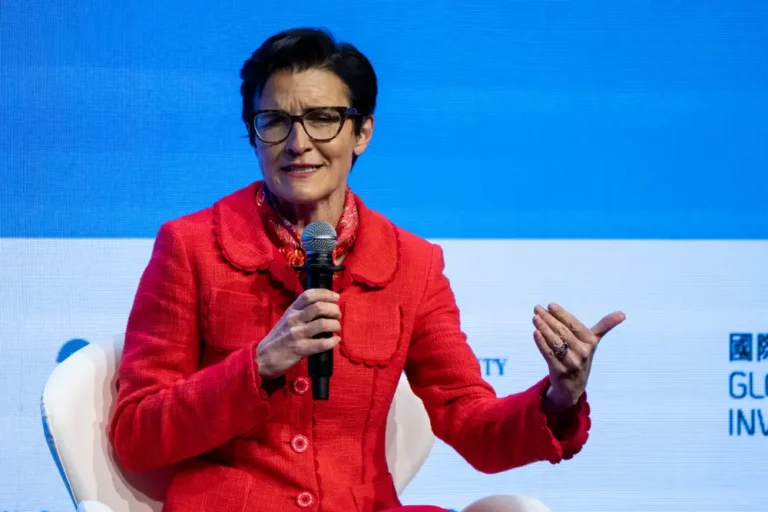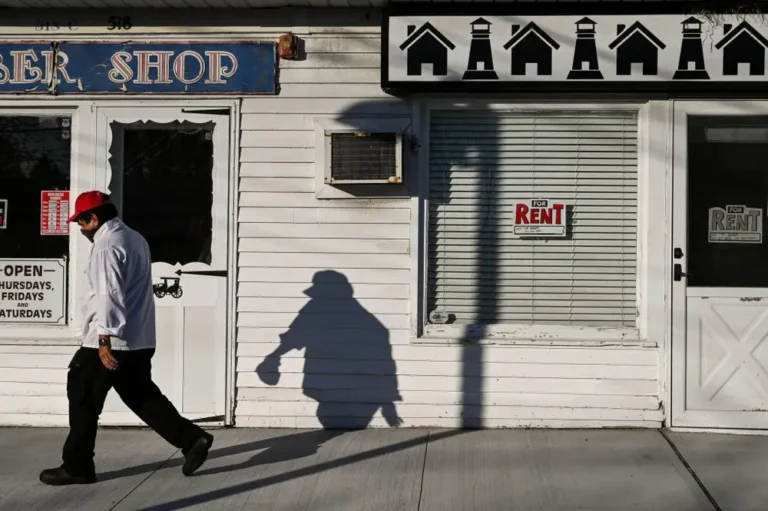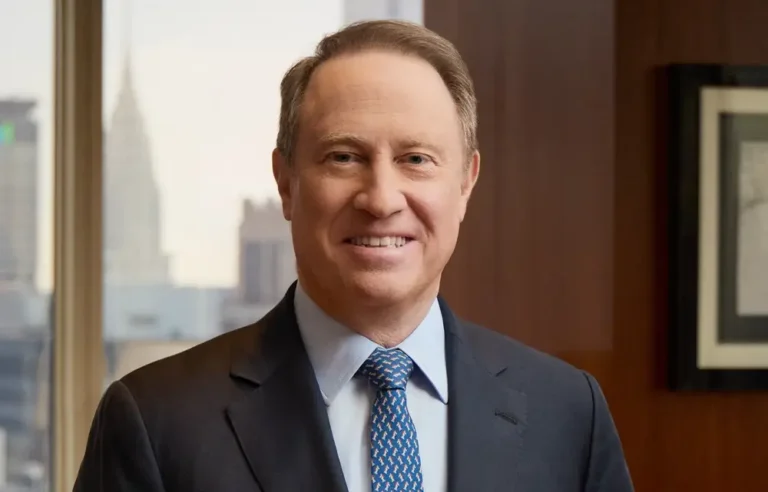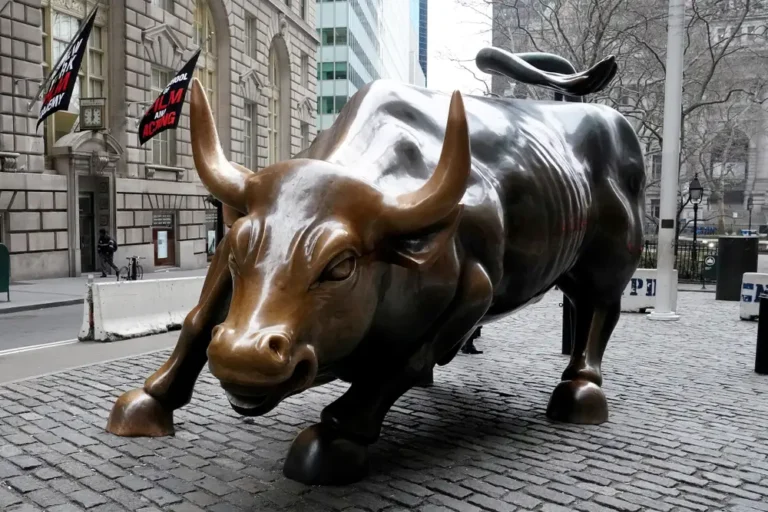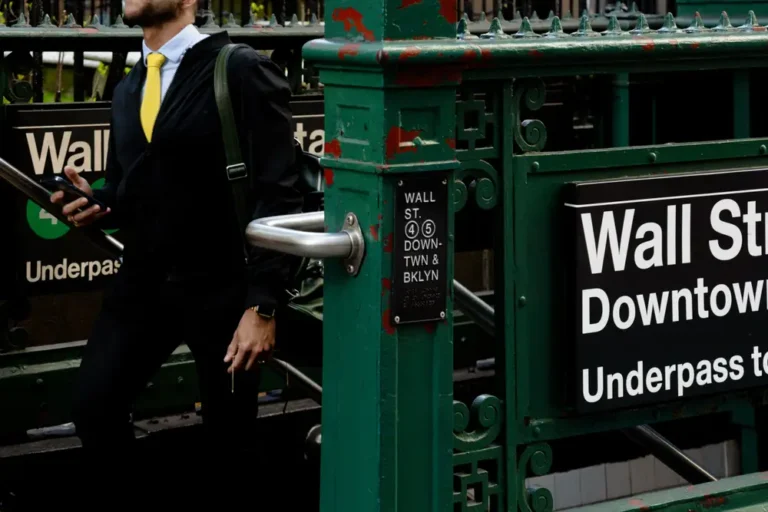Uber stock stumbles premarket as operating-income miss overshadows revenue surge
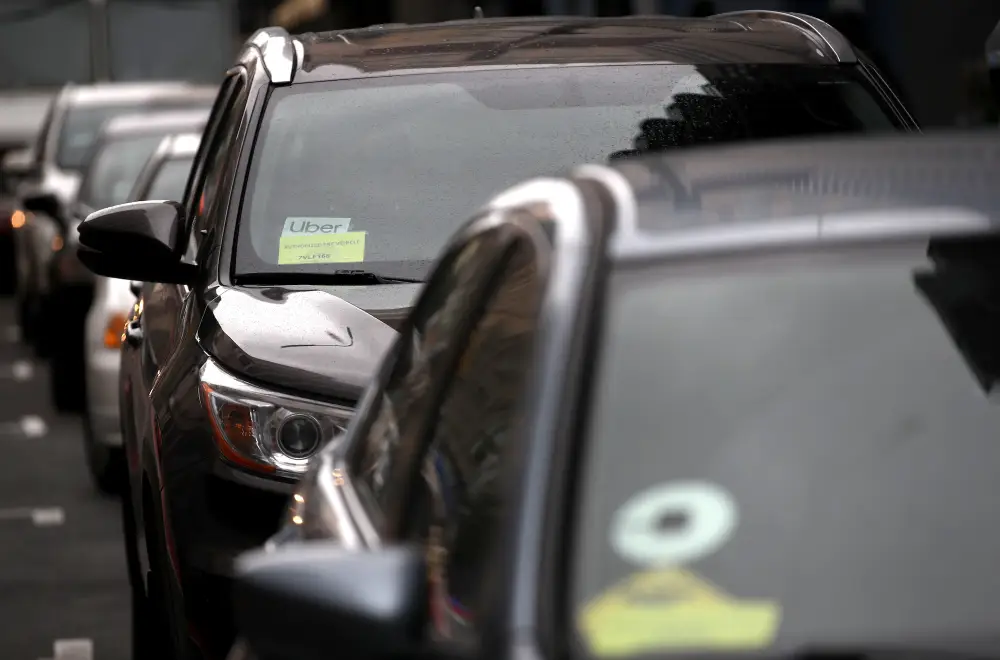
Uber shares have dropped 7% in premarket trading.
Uber shares fell as much as 7% in premarket trading on Wednesday following a miss on profits in an otherwise strong set of annual results.
The ridehailing company said operating profit in the fourth quarter was $770 million, up 18% but well below forecasts of $1.2 billion. The result was hit by an undisclosed $462 million legal settlement reserve that it did not elaborate on.
Uber posted a second annual profit with adjusted EBITDA of almost $6.5 billion, up from about $4 billion in 2023.
Gross bookings in the first quarter are expected to rise between 17% and 21% year-on-year to between $42 billion and $43.5 billion. Analysts had expected $43.5 billion, per Visible Alpha data reported by The Financial Times.
CEO Dara Khosrowshahi said Uber posted its “strongest quarter ever” with increased growth across the number of platform consumers active per month, trips, and bookings.
Revenue was up 20% compared to last year to $12 billion, beating expectations of $11.77 billion.
Khosrowshahi said: “Our performance has been powered by rapid innovation and execution across multiple priorities, including the massive opportunity presented by autonomous vehicles. We enter 2025 with clear momentum and will continue to be relentless against our long-term strategy.”
The stock pared losses to be down 3% about an hour ahead of the opening bell. Shares closed almost flat over the past 12 months on Tuesday.
CFO Prashanth Mahendra-Rajah said: “We believe we remain undervalued despite these strong fundamentals, and plan to be active and opportunistic buyers of our stock.”
In an earnings call after the results were released, Uber CEO Dara Khosrowshahi fielded questions about the company’s approach to self-driving cars.
Uber has long ditched plans to build dedicated robotaxis in favor of striking deals with autonomous vehicle firms like Waymo, whose robotaxis will be launching on the Uber app in Austin next month.
Khosrowshahi cautioned that the industry faces a long road to commercialization, citing the need for robotaxis to have a “superhuman” safety record and the high costs of building an autonomous ride-hailing network.
“Right now, the costs of AVs don’t even come close to the cost of drivers,” said Khosrowshahi.
He added that Uber was yet to see any impact from Waymo in markets like San Francisco or LA, with the growth of Uber’s mobility business accelerating in those regions in the last quarter.
Khosrowshahi also said that he expected more players from across the globe to enter the robotaxi race in the coming years, comparing it to the impact of Chinese AI model Deepseek on the artificial intelligence industry.
“We think the same thing that’s happening in generative AI is happening in AV as well,” Khosrowshahi said.


